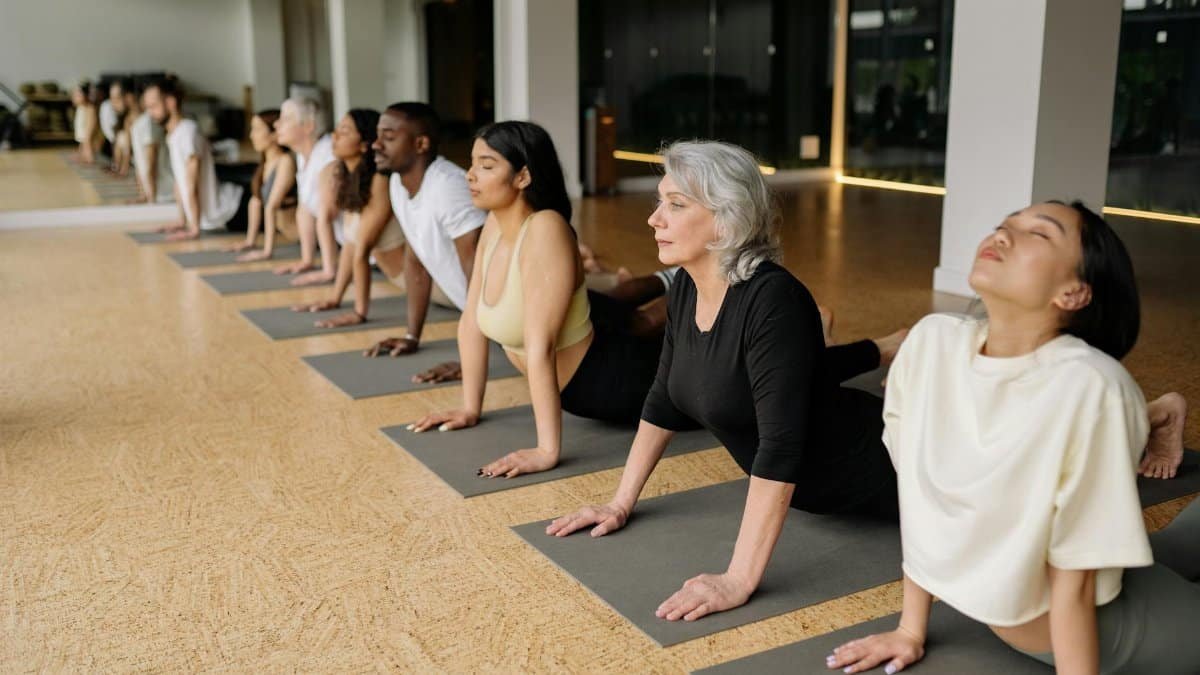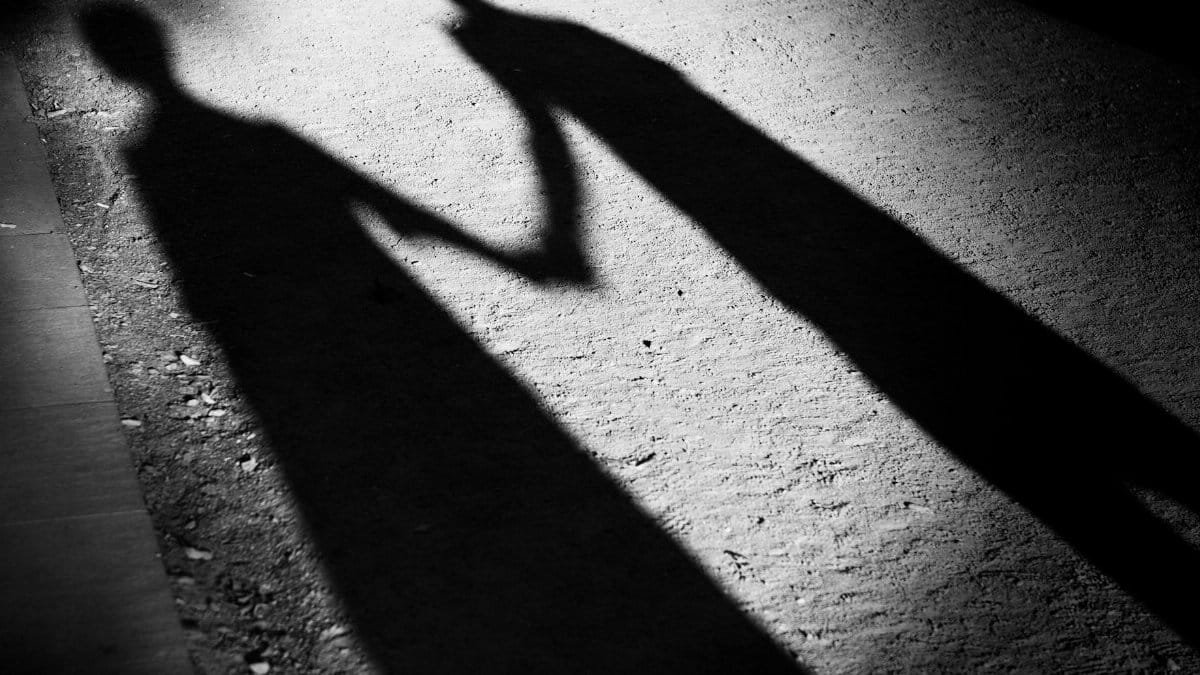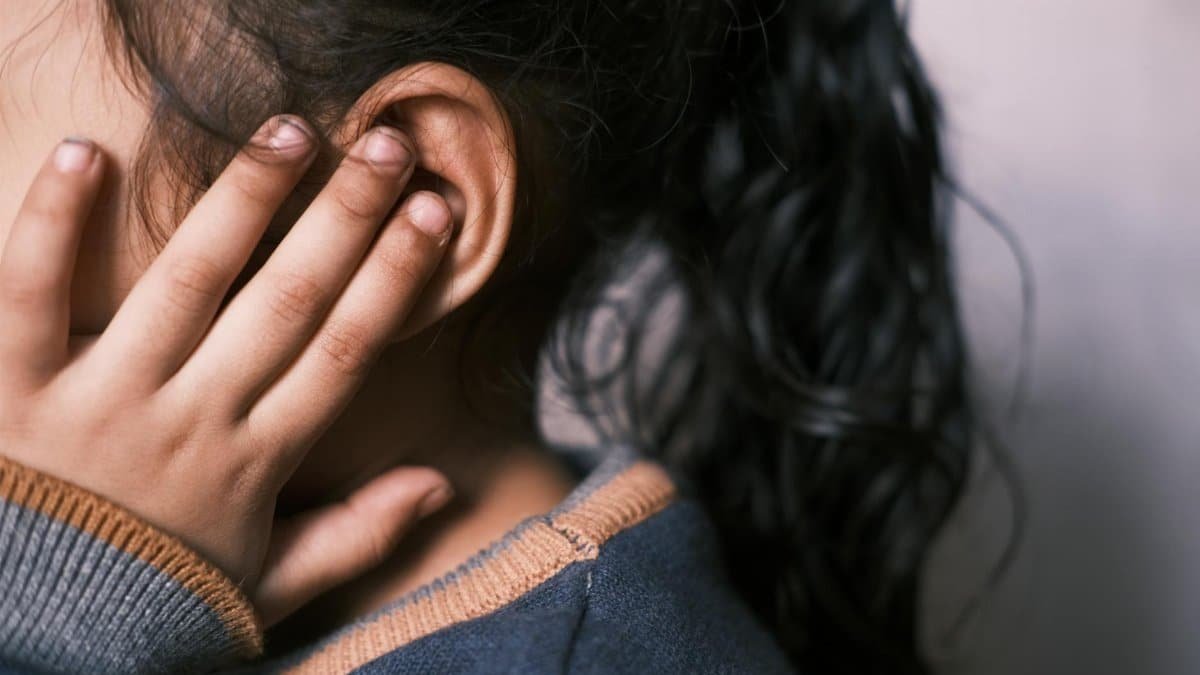Sunlight filtered through the blinds of a community center in Brooklyn, where a circle of participants sat cross-legged on yoga mats. One woman, eyes closed, inhaled deeply, her shoulders rising and falling in rhythm. This scene, increasingly common across U.S. cities, captures the essence of breathwork—a practice that’s drawing people seeking emotional equilibrium amid life’s chaos. A recent study from the National Institutes of Health revealed that over 40% of Americans report heightened stress levels in 2025, up from previous years, prompting many to turn to techniques like breathwork for relief. Far from a fleeting trend, it’s emerging as a tool for unlocking deeper emotional balance, blending ancient wisdom with modern science to foster intention and ease in daily living.
The Science Behind Breathwork

Breathwork isn’t just about taking deeper inhales; it’s rooted in how our respiratory patterns influence the nervous system. When we consciously alter our breathing, we can shift from the sympathetic “fight or flight” state to the parasympathetic “rest and digest” mode. Research from the National Center for Biotechnology Information highlights how controlled breathing reduces cortisol levels, the hormone tied to stress.
Consider a busy executive in Chicago who starts her day with five minutes of box breathing—inhale for four counts, hold, exhale, hold again. She notices her anxiety eases before meetings. This isn’t anecdotal fluff; studies show such practices enhance emotional regulation. One participant in a group session described it as flipping a switch: “Suddenly, the knot in my chest loosened.” Scientists at Harvard Medical School have explored this, linking breathwork to improved vagal tone, which supports emotional resilience.
Yet, the science isn’t without debate. Some experts argue that while benefits are clear for anxiety, claims about profound healing need more rigorous trials. Still, the growing body of evidence points to breathwork as a accessible entry point for emotional health.
Ancient Roots and Modern Adaptations

Long before apps and workshops, breathwork appeared in traditions like pranayama in yoga, dating back thousands of years in India. These methods aimed to harness life force energy, or prana, for mental clarity. Today, in the U.S., it’s evolved into secular forms, from Holotropic Breathwork developed by Stanislav Grof to simple guided sessions on platforms like YouTube.
Picture a retiree in Florida discovering breathwork through a local wellness center. He recalls his first session: the room hummed with collective exhales, evoking a sense of shared humanity. This adaptation reflects a broader trend where ancient practices meet contemporary needs, as noted in a report from the Pew Research Center on rising interest in spirituality among Americans.
Adaptations vary widely. Some incorporate music or movement, while others stick to stillness. The key is personalization—what works for one might not for another, underscoring breathwork’s flexibility in pursuing emotional balance.
Breathwork for Everyday Emotional Challenges

Life throws curveballs: a heated argument, a looming deadline, or lingering grief. Breathwork offers a practical response. Techniques like the 4-7-8 method—invented by Dr. Andrew Weil—involve inhaling for four seconds, holding for seven, exhaling for eight. Users report it calms racing thoughts, fostering a sense of control.
In one online account shared publicly, a middle-aged parent described using breathwork during a family crisis: “It was like hitting pause on the storm inside me.” Such stories illustrate how it addresses real-world emotional turbulence, from workplace burnout to relationship strains.
Experts from the American Psychological Association emphasize integrating breathwork with therapy for deeper impact. It’s not a cure-all, but a complementary tool that empowers individuals to navigate feelings with intention.
The Role of Community in Breathwork Practice

While solo sessions have their place, group breathwork amplifies the experience. In circles across cities like Los Angeles, participants share vulnerabilities, creating a collective energy shift. One facilitator noted how synchronized breathing builds empathy, as breaths align and stories unfold.
Think of a workshop in Seattle where strangers connect through guided exercises. Laughter erupts after a tense release, breaking emotional barriers. This communal aspect, supported by findings from the Centers for Disease Control and Prevention on social connections and mental health, underscores breathwork’s power in fostering belonging.
However, not everyone thrives in groups; introverts might prefer private apps. The beauty lies in choice, allowing breathwork to adapt to personal comfort levels while unlocking shared emotional insights.
Potential Pitfalls and How to Avoid Them

Breathwork promises much, but it’s not without risks. Hyperventilation in intense sessions can lead to dizziness or emotional overwhelm. Beginners sometimes push too hard, mistaking intensity for progress.
A wellness coach in Texas shared a cautionary tale: a client experienced panic during a vigorous routine, highlighting the need for guidance. To mitigate this, start slow, perhaps with apps or certified instructors. Research from the Mayo Clinic advises consulting doctors for those with respiratory issues.
Another challenge is skepticism—dismissing it as woo-woo. Yet, blending it with evidence-based approaches can bridge that gap, ensuring safe exploration of emotional balance.
Integrating Breathwork into Daily Life

Making breathwork a habit doesn’t require hours. Simple integrations, like mindful breathing during commutes, can yield results. A teacher in New York incorporates it into her classroom breaks, noticing improved focus and patience.
Start with awareness: notice your breath in moments of stress. Build from there to structured practices. As trends in 2025 show more Americans prioritizing wellness, breathwork fits seamlessly into routines, promoting sustained emotional ease.
One approach is journaling post-session: reflect on shifts in mood. This reinforces benefits, turning sporadic efforts into a lifelong tool for intentional living.
Breathwork’s Impact on Relationships

Emotional balance extends beyond the self; it transforms interactions. Couples using joint breathwork report better communication, as synchronized breathing fosters presence and reduces reactivity.
Imagine partners in a Denver home practicing together: tensions dissolve as they exhale in unison. Studies from relationship experts at the Gottman Institute suggest such mindfulness enhances empathy.
Yet, it’s not always smooth—differing comfort levels can arise. Open dialogue helps, making breathwork a bridge to deeper connections rather than a divider.
Exploring Advanced Techniques

For those ready to go deeper, methods like Wim Hof breathing combine cold exposure with hyperventilation for resilience. Practitioners claim heightened energy and emotional clarity.
A veteran in Michigan tried it after reading about its benefits: “It pushed me past old fears.” Backed by research from the National Institutes of Health, these techniques show promise, though they’re not for everyone.
Advanced doesn’t mean extreme; even progressive muscle relaxation paired with breath can unlock layers of emotional freedom.
Breathwork and Long-Term Emotional Growth

Over time, consistent practice reshapes how we process emotions. It’s like building a muscle: initial efforts feel awkward, but persistence yields profound shifts.
Reflect on a writer who incorporated breathwork into her routine: years later, she handles criticism with grace. This growth aligns with U.S. trends toward holistic health, as more seek tools for inner peace.
Ultimately, breathwork invites a journey inward, revealing the key to living with intention amid life’s ebb and flow.
